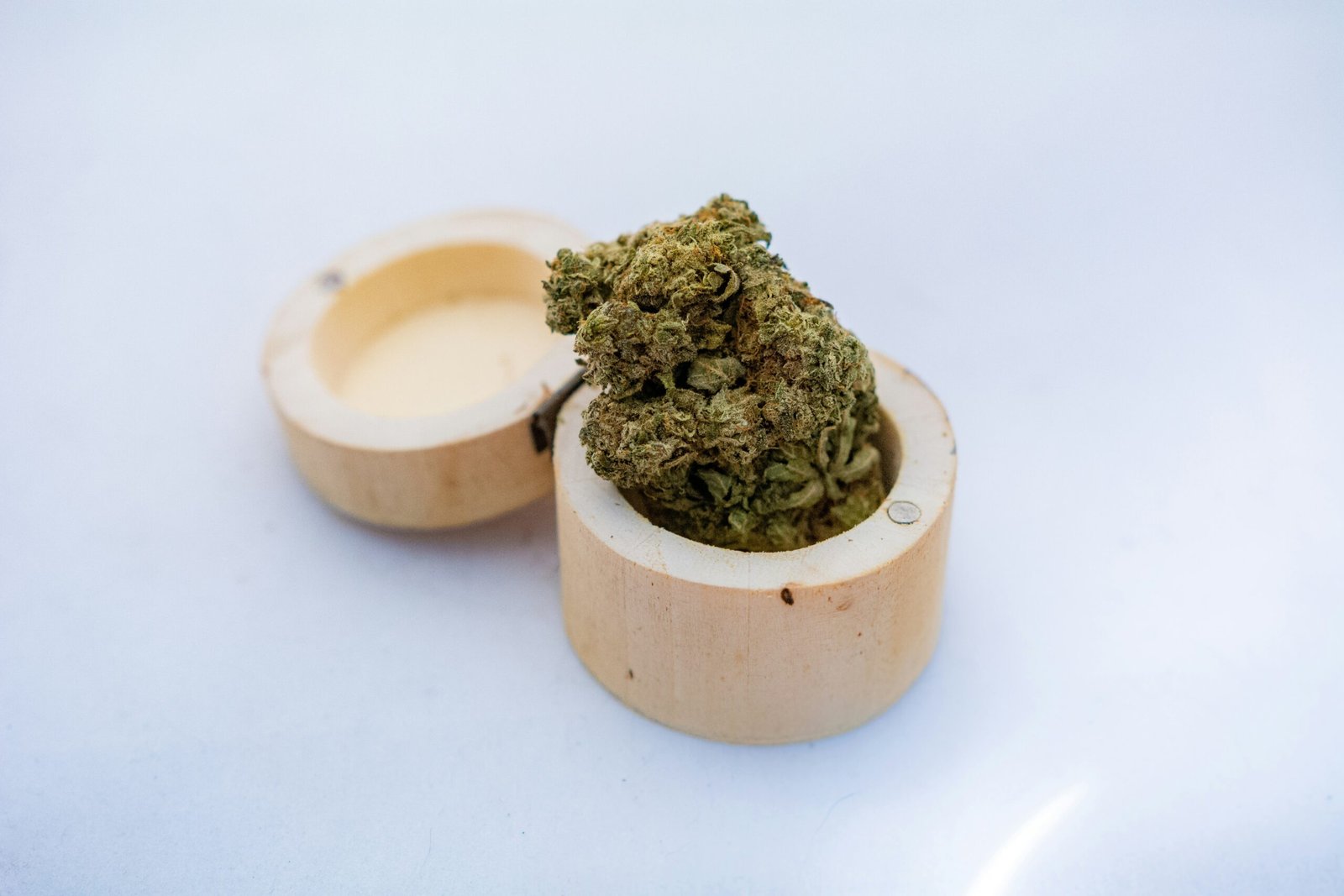Introduction to Awapuhi Ginger
Awapuhi ginger, scientifically known as Zingiber zerumbet, is a perennial plant belonging to the Zingiberaceae family. Commonly referred to as shampoo ginger, it is renowned for its striking appearance and multifaceted applications. This plant is native to Southeast Asia but has made Hawaii its home, where it is deeply embedded in the culture and traditions of the indigenous Hawaiian people.
In Hawaii, Awapuhi ginger holds a special place due to its versatile qualities. The early Polynesian settlers are credited with introducing this plant to the Hawaiian Islands, where it was valued for both its medicinal properties and its practical uses. The indigenous Hawaiians traditionally used the rhizomes of the Awapuhi ginger not only as a spice in their culinary practices but also as a remedy for various ailments. Its juice was applied to heal minor burns, cuts, and skin irritations, highlighting its significance in traditional medicine.
The name “shampoo ginger” vividly describes one of the plant’s most fascinating uses. The succulent flower cones of Awapuhi ginger produce a natural sap that has been used as a shampoo and conditioner for centuries. Hawaiian locals would take advantage of this natural extract to cleanse and soften their hair, appreciating the convenience and efficacy of this naturally occurring product. This tradition has undoubtedly influenced modern haircare products, many of which incorporate extracts of Awapuhi ginger for its nourishing and restorative properties.
Apart from its medicinal and cosmetic uses, Awapuhi ginger is also symbolic in Hawaiian culture. It is often featured in traditional Hawaiian lei-making, integrating the plant not just as a staple of everyday life but as an emblematic presence in cultural rituals and ceremonies. Over the centuries, Awapuhi ginger has thus evolved from a functional plant into a revered element of Hawaiian heritage.
“`html
Health and Beauty Benefits of Awapuhi Ginger
Awapuhi ginger, a native plant of Hawaii, has earned a distinguished place in the realm of health and beauty due to its remarkable natural properties. Renowned for its moisturizing and conditioning effects, Awapuhi ginger is a popular ingredient in various hair and skin care products. Its ability to deeply penetrate hair follicles makes it an excellent natural conditioner, transforming dry and brittle hair into soft, manageable locks. Moreover, its hydrating properties contribute to healthy, glowing skin, making it a sought-after component in moisturizers and lotions.
One of the standout benefits of Awapuhi ginger is its anti-inflammatory properties. These properties help reduce redness, swelling, and irritation on the skin, making it an effective remedy for acne, eczema, and other skin conditions. The plant’s antimicrobial qualities also play a significant role in maintaining skin health by combating bacteria and other pathogens. This dual-action of calming inflammation and fighting microbes optimizes skin’s overall health and appearance.
Modern beauty products often harness the power of Awapuhi ginger. Shampoos, conditioners, and serums infused with this plant extract are marketed for their ability to repair and nourish hair. Facial cleansers and creams benefit from its gentle yet potent properties, offering users a natural alternative to chemically laden products. Scientific studies have supported these claims, noting that formulations containing Awapuhi ginger improve skin and hair condition significantly.
Testimonials from users further highlight the effectiveness of Awapuhi ginger. Many praise its transformative effects on their hair, citing increased shine and reduced frizz. Others commend its soothing impact on sensitive or problematic skin. These personal stories, combined with scientific backing, underscore why Awapuhi ginger remains a venerable choice in health and beauty treatments.
“`

Leave a Reply